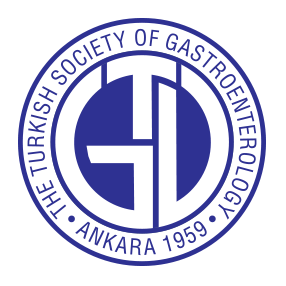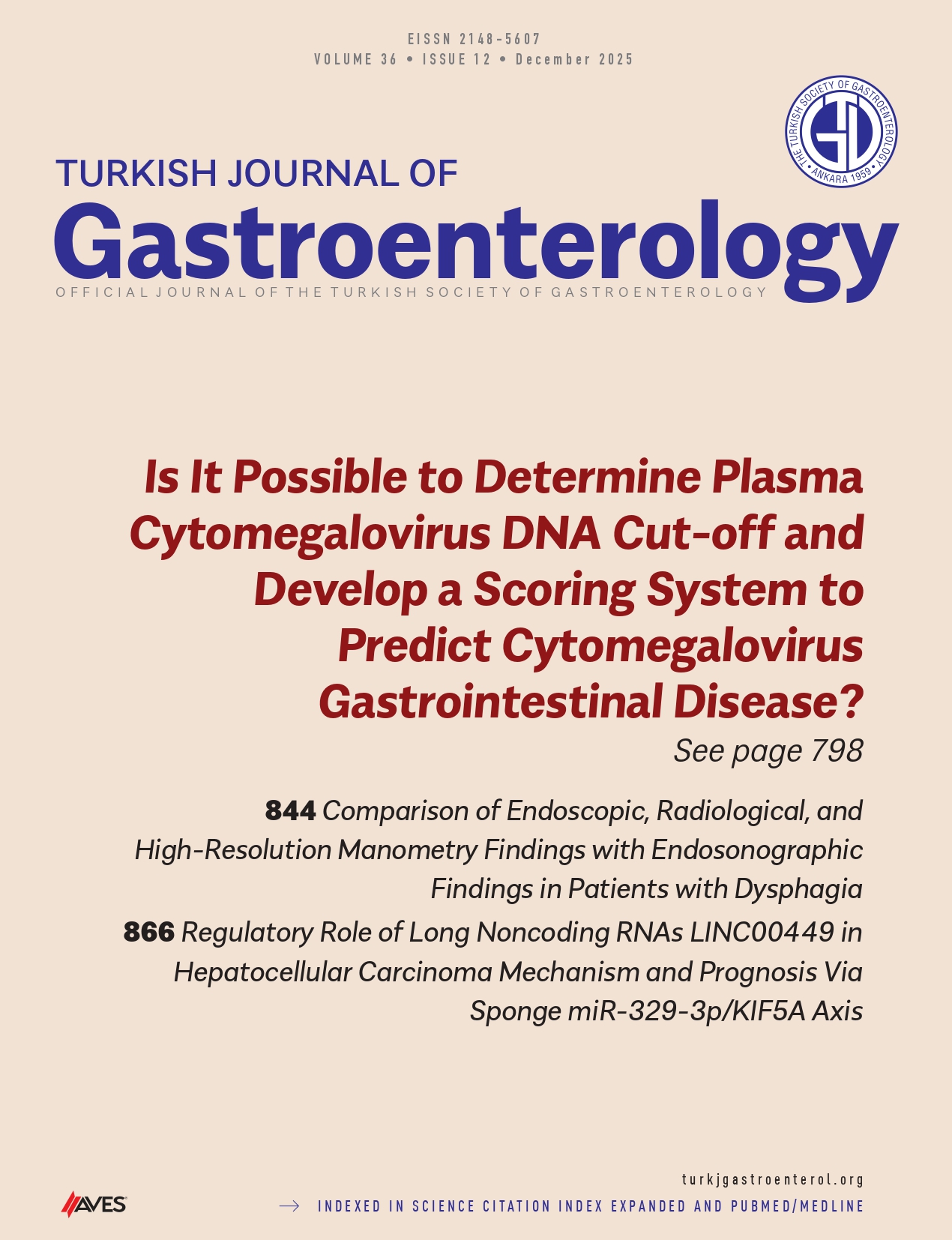Background/Aims: Metabolic dysfunction-associated steatotic liver disease (MASLD) in adolescents, including non-obese phenotypes, is an increasingly important public health issue. The current study investigated the use of controlled attenuation parameter (CAP) and liver stiffness measurement (LSM) as non-invasive tools, along with fibroblast growth factor-21 (FGF-21) and cytokeratin-18 (CK-18), in non-obese MASLD, obese MASLD, and healthy control groups, exploring metabolic and hepatic profiles in these groups.
Materials and Methods: This cross-sectional study recruited 195 adolescents aged 9-18 years, stratified into controls (n = 92), non-obese MASLD (n = 32), and obese MASLD (n = 39) groups according to FibroScan and MASLD diagnostic criteria. FibroScan measured LSM and CAP, while enzyme-linked immunosorbent assay kit (ELISA) was used to analyze serum FGF-21 and CK-18 levels. Anthropometric, metabolic, and liver enzyme parameters were assessed.
Results: Metabolic dysfunction-associated steatotic liver disease groups had higher LSM than controls. Fibroblast growth factor-21 levels were significantly higher in MASLD groups, especially in obese MASLD, while CK-18 levels showed variability without significant group differences. Obese MASLD adolescents had marked metabolic dysfunction with higher insulin, homeostasis model assessment for insulin resistance, triglycerides, and liver enzymes compared to non-obese MASLD and controls.
Conclusion: Fibroblast growth factor-21 has emerged as a potential biomarker for assessing metabolic dysfunction in MASLD, while LSMs from FibroScan provide valuable insights into fibrosis risk. Elevated FGF-21 levels and FibroScan parameters reflect their potential usefulness in non-invasive assessment of MASLD severity, particularly in obese adolescents. However, further longitudinal studies are needed to establish their roles in predicting disease progression and guiding clinical management.
Cite this article as: Keskin M, Aysegul Arsoy H, Kara O, et al. Metabolic and hepatic profiles of non-obese and obese metabolic dysfunction-associated steatotic liver disease in adolescents: the role of FibroScan parameters, fibroblast growth factor-21, and cytokeratin-18. Turk J Gastroenterol. 2025;36(3):152-161.




.png)
.png)